chili pepper: definition, how to grow it, diseases, care for it
Introduction to chili pepper
Chili peppers differ from sweet peppers in several elements, including: a thinner and more elongated stem, chili seedlings are darker in color, and the foliage is long and elongated. Their surface is patterned and hard... unlike sweet peppers, they are pleasant to the touch and very broad. Its edges are slightly rounded.
- It contains a wide range of phytochemicals such as vitamins, phenols and flavonoids which are important antioxidants that may reduce degenerative diseases.
- Capsaicin, an alkaloid found in chili peppers that makes them hot, is used as an analgesic in topical ointments.
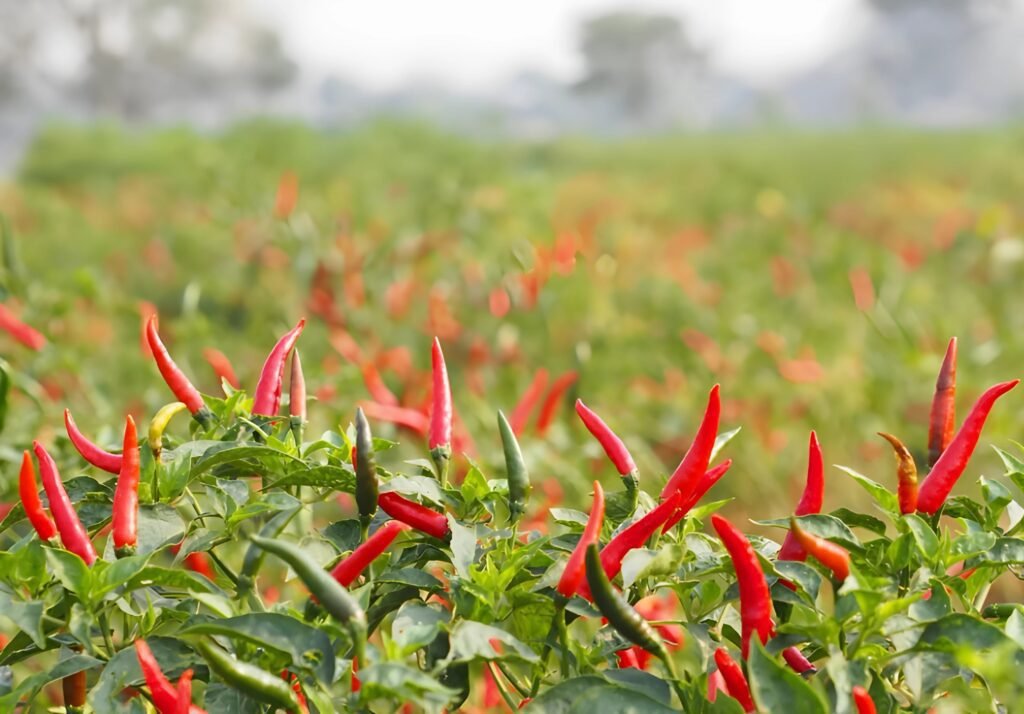
Basic care guide
Serrano, Capsicum annuum: Ripe fruits are crimson red, cylindrical, and 1 to 2 inches long. The fruit is thick with a clean, tart heat.
Tabasco: Thin, orange-red fruits 1 to 1 1/2 inches long, with thin walls and a sharp, tart flavor.
Korean, Capsicum annuun: This chili pepper is bright green, slightly curved and tender. Korean chili peppers are 3 to 4 inches in size.
Capsicum annuum: 2 to 4 inches long and somewhat tapering. Ripe fruits have a bright red color and a tart, smoky flavour
- Original home Mexico
- Nickname
Capsaicin
The Taíno people cultivated some of the most important plant species. They called it “axe,” a word that remains one of the common names for the plant
In West Africa, they were called “grains of paradise.”
- Platoon
Solanaceae
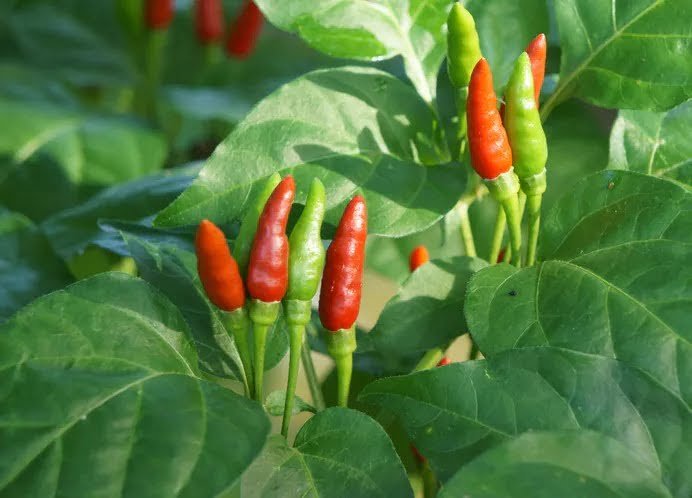
The amount of water needed
Deep, thorough watering every two to three days keeps the soil moist without waterlogging.
- When the fruits are in the immature green stage, be careful not to over-water but do not let the soil dry out completely.
- Drip irrigation is ideal
Suitable living conditions
A tropical plant and certainly loves heat, the pepper plant cannot tolerate frost and begins to have problems when daytime temperatures stay below 18°C (64°F).
- Temperatures
The ideal temperature for growing chili pepper plants is between 21-32°C (70-90°F).
Suitable lighting for him:
Hot peppers grow well in full sun. It will grow in partial shade, but it will not be as productive
- It prefers rich, well-drained soil with a mild to balanced pH of 5.5 to 7.0.
- The plant thrives best in medium to sandy soil
- Space chili plants 18 to 36 inches apart with about 2 to 3 feet between rows.
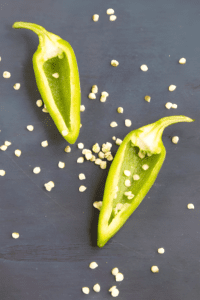
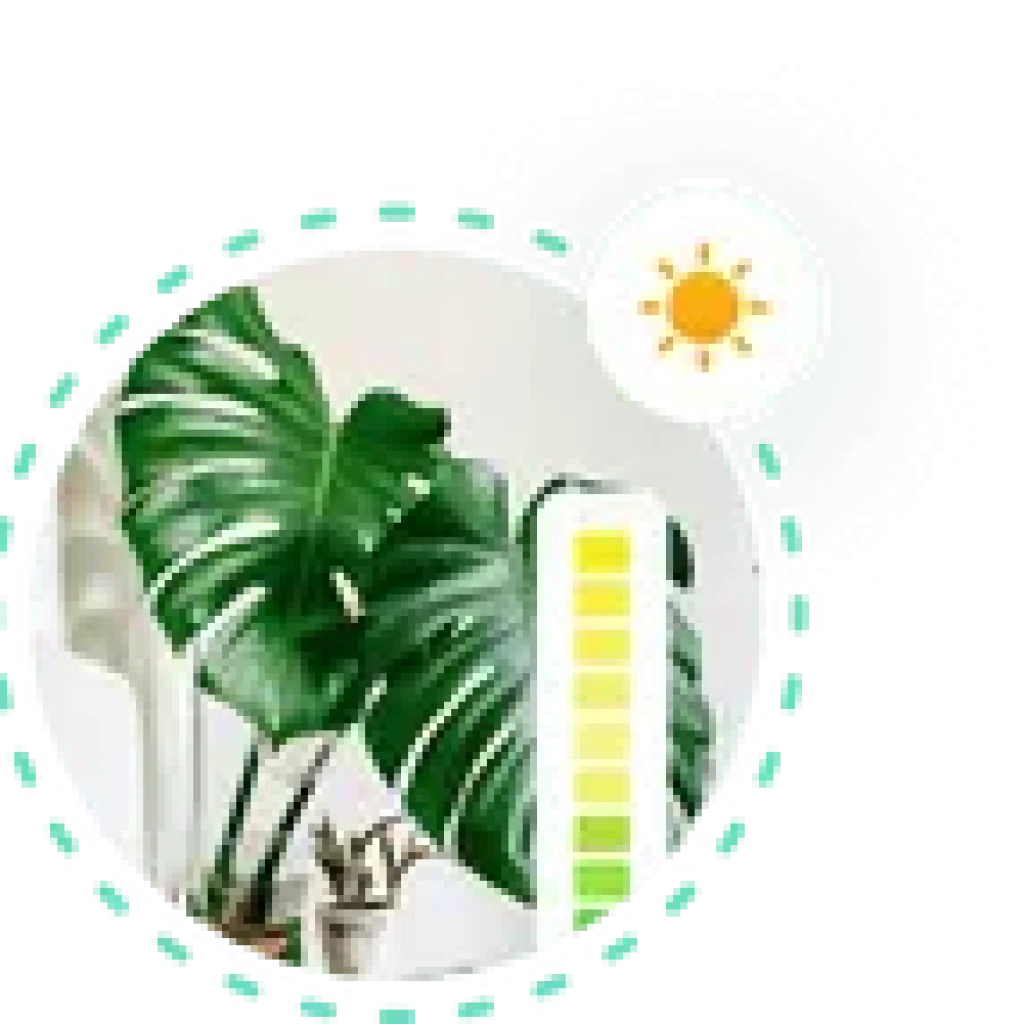
Find out what light your plants are actually getting.
Find the best locations for them to improve their health, simply using your phone.
Fertilization care
- Early in their growth stage, they are producing stems and leaves, and thus require somewhat more nitrogen.
- As plants begin to grow fruit, phosphorus requirements will increase.
- Fertilize the plant a month after planting with NPK 5-10-10. When the fruit begins to grow, fertilize it a second time with a product containing calcium.
- Once plants are established, avoid fertilizers high in nitrogen that can inhibit fruit production.
How to plant seeds
The seeds germinate in ten to fourteen days. It is best to store seeds in the refrigerator before planting
Plant one or two seeds in each starter pot in a 1/4-inch hole and cover lightly with soil.
Keep them watered and moist until the seeds form seedlings.
When three true leaves form, move it to permanent ground.
Pruning
- There are three times in the growing season when you can choose to prune your chili pepper bush. Pruning early in the season, at the beginning of summer, improves the quality of peppers that will grow on the plant. Pruning in late season or early fall speeds the maturation of any hot peppers remaining on the plant, when the approaching winter frost sets a good start for next year's hot pepper production.
- Look for the two main branches on the chili pepper plant. Hot peppers grow in a “Y” shape, with a lower stem and two main branches….. Follow one main branch from its base to the first small branch that shoots out to its side. Use sharp scissors to cut this branch...
Cut back to the same main branch, counting three more side shoots... Continue cutting every third side branch on the main branch, alternating between outer and inner side branches.
- Sucking insects such as aphids and spider mites. When these pests are detected early, they can be eliminated with a solution of soap and water, or an insecticide can be sprayed upon late detection.
- Pepper weevil: It lays eggs in the flowers and the larvae then dig a tunnel through all parts of the plant, damaging the fruits. Once the fruit cracks, pesticides won't be able to fix it. Remove and dispose of any fallen fruit. Practice good sanitation and crop rotation, and avoid areas where nightshade plants have grown within the past two years
- Bacterial wilt, bacterial leaf spot and powdery mildew, and pepper and tobacco mosaic viruses (treating affected plants with appropriate fungicides can help manage these diseases)
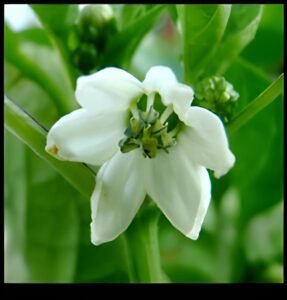
Suggested use
- It is used as a local anesthetic in creams and lotions to relieve pain.
- As a spice.
- These fruits have been used to treat wounds and infections due to their antibacterial, analgesic and anti-inflammatory properties
- Ornamental plants in frost-free areas
Suitable planting time
In early spring or fall
additional information
- Plant age
1.5_15 years
- Plant height
3 feet
- Flowering stage
Chili pepper plants grow small white flowers in the spring and summer. If pollination does not occur within a few days, the flower will dry out and make room for a new bud
- Fruiting stage
60 to 150 days



